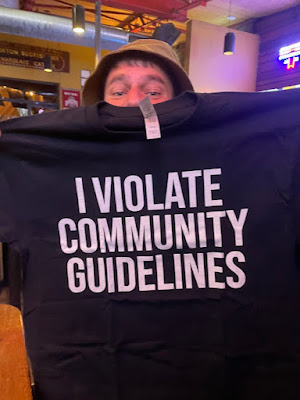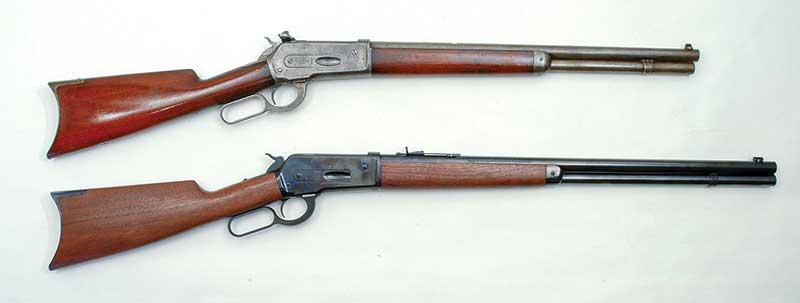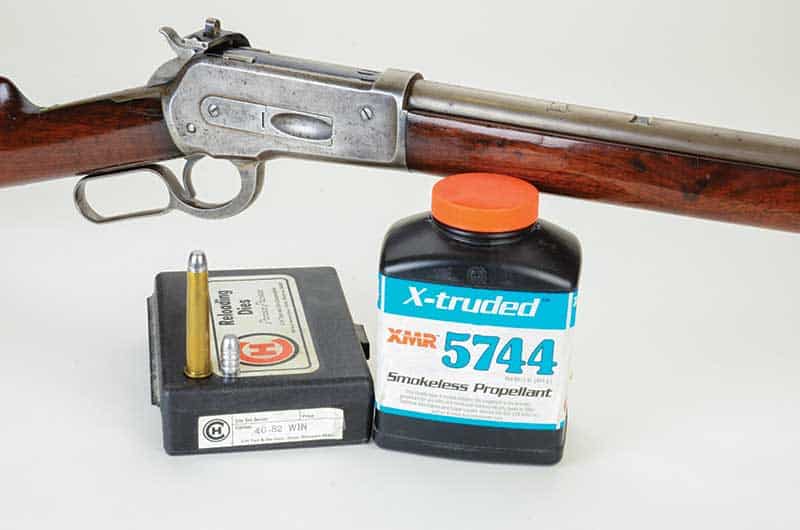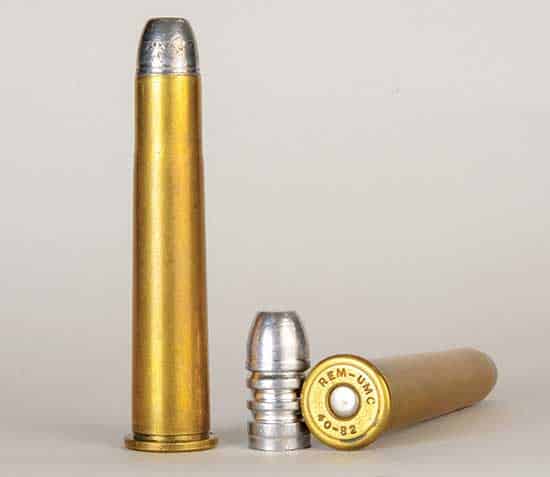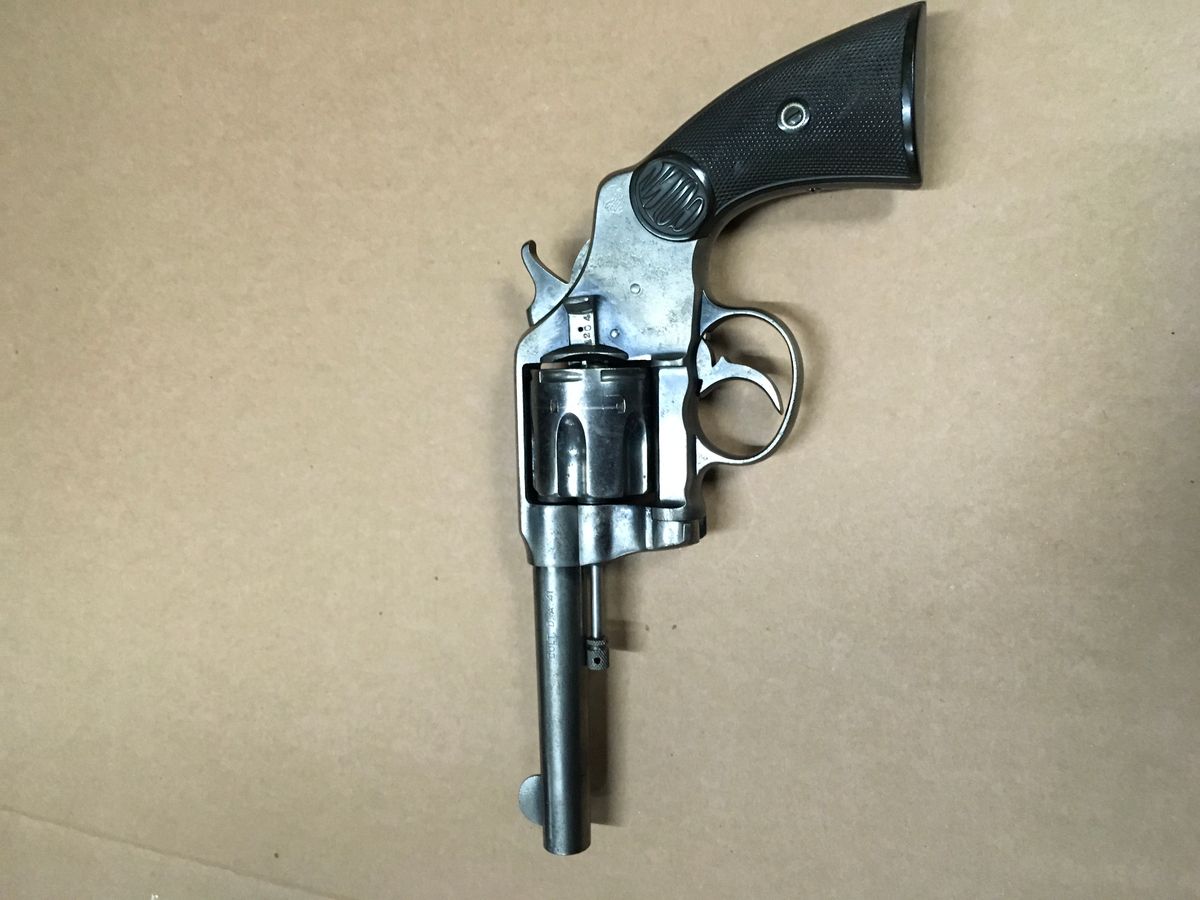
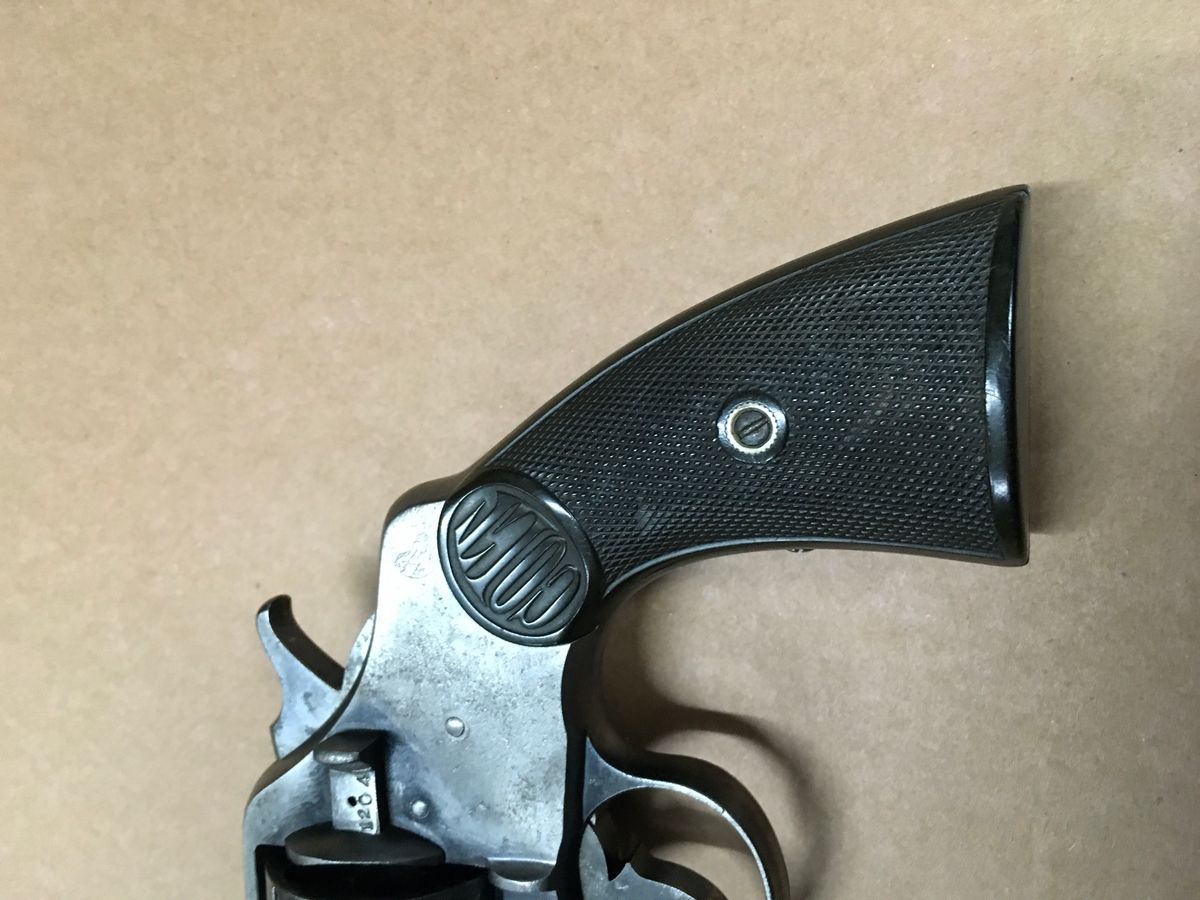
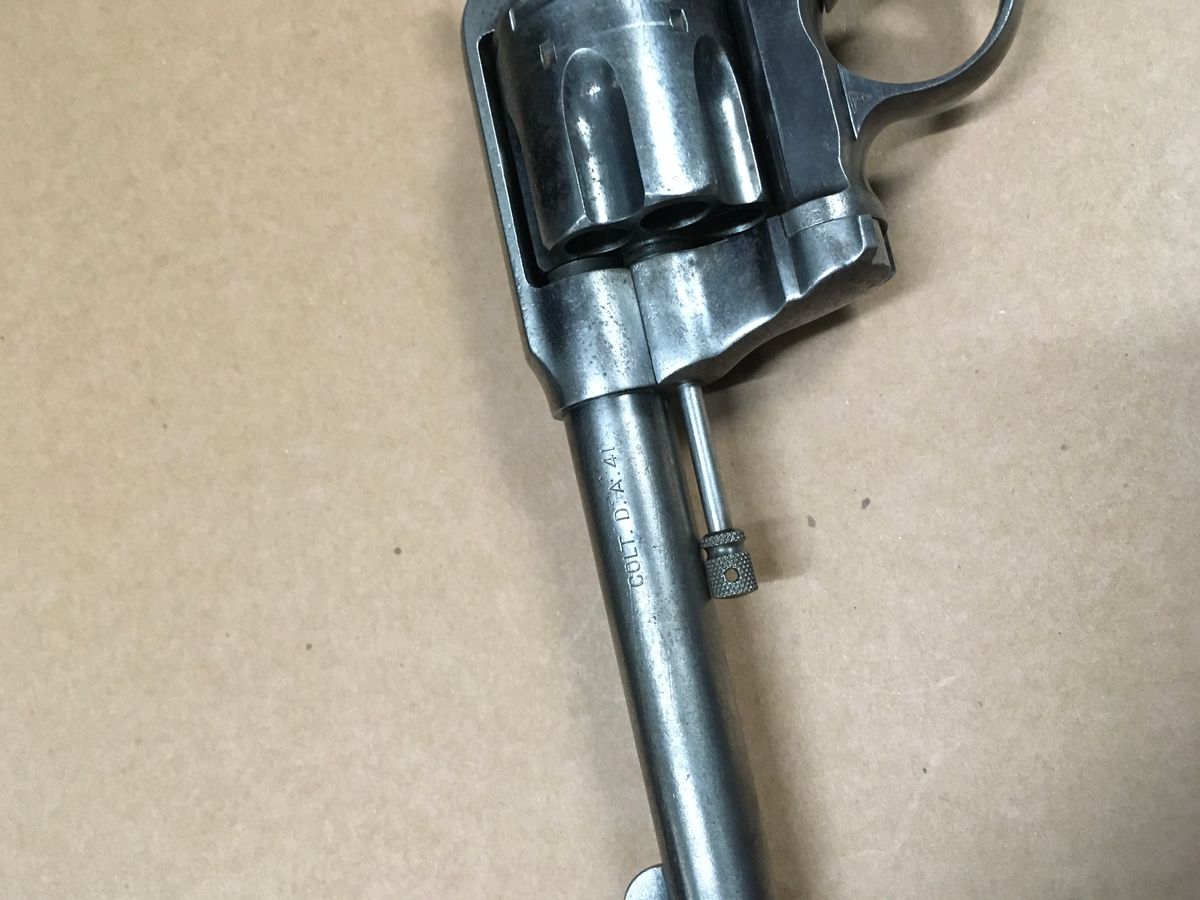
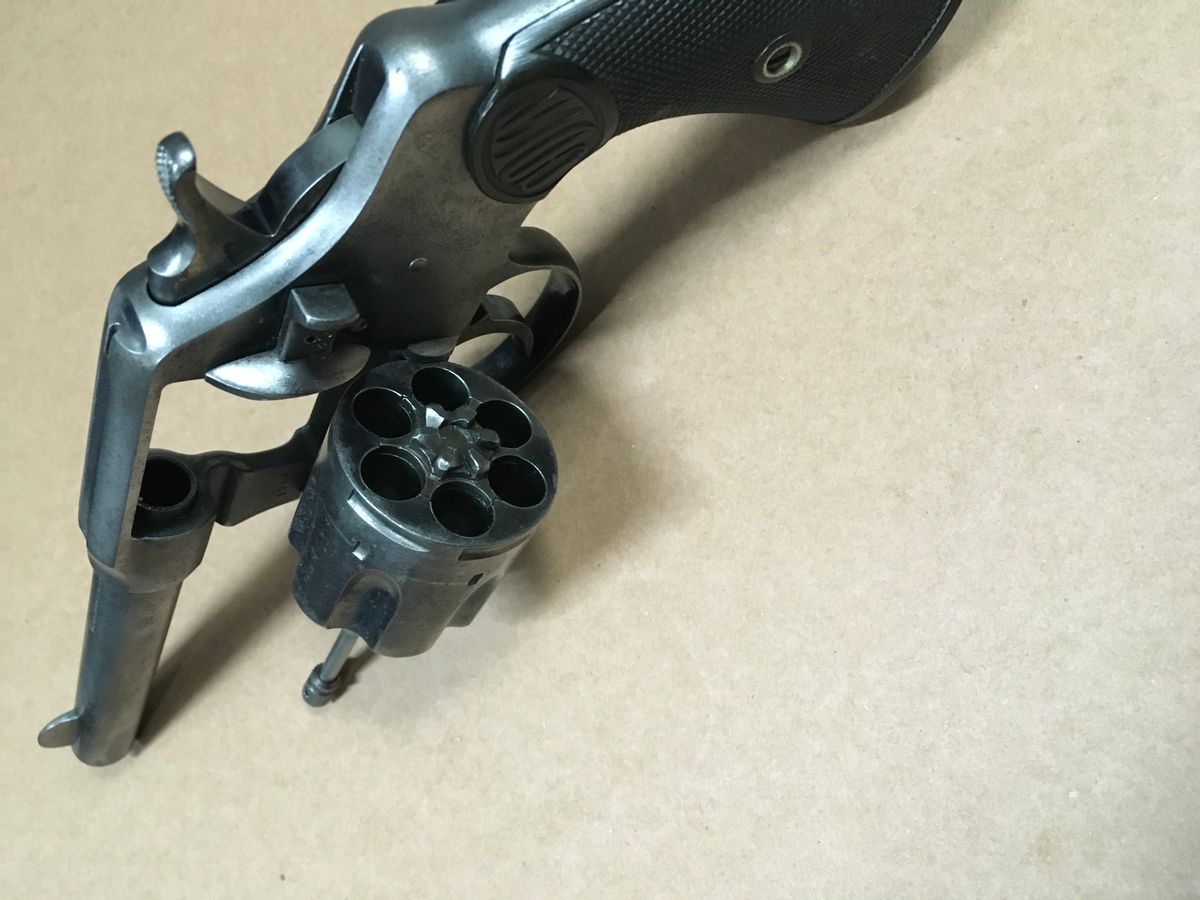
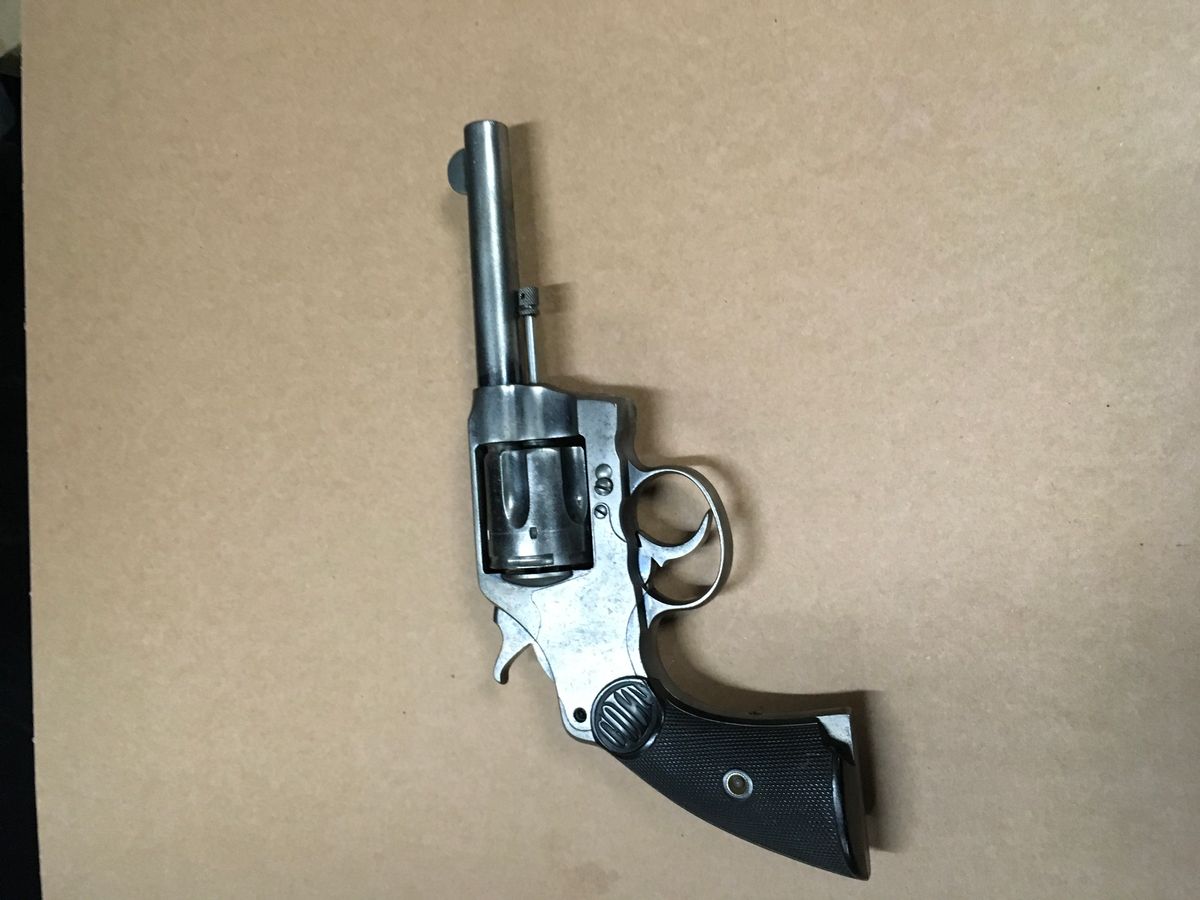
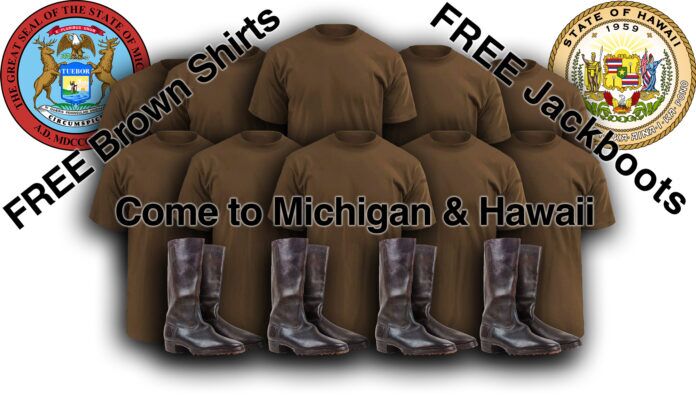
Michigan and Hawaii, both Democrat-led states, have launched taxpayer-funded tip lines for individuals looking to report perceived firearms violations anonymously. While these dumpster fire states claim the lines are aimed at lawbreakers, Second Amendment groups are reasonably skeptical, as they should be, because such a system can easily be abused. Let’s face it, we know that the weaponization of this service against law-abiding gun owners is exactly what they are intended for.
On Thursday, October 10, Hawaii’s Democrat Governor Josh Green announced the state’s Department of Law Enforcement had established a confidential “Gun Tip Line for people to make anonymous reports of illegal gun ownership and gun crimes,” where tipsters can either call, text or drop a dime via the DLE’s website or a downloadable app where they can submit photographs and videos to back up their report.
The governor’s office went even further during the brown shirt recruiting exercise saying, “People reporting tips are encouraged to leave detailed information including the names of those in possession of illegal guns or committing gun crimes, a location where those people may be found and a description of the guns.” Sure, what could go wrong when hiring unpaid, untrained, overzealous, anti-Second Amendment sycophants typically knowing very little about firearms to play the role of a detective, spying on and recording their neighbors?
Meanwhile, Gretchen “Lockdown” Whitmer, known for hosting the most oppressive COVID lockdowns in America while still having more deaths per capita than any neighboring Midwestern states, signed House Bill 5503, a measure passed off as an education funding bill that allocates $1 million in School Aid Funding to support an anonymous tip line for students to report firearms thought to be “improperly stored.”
The bill goes on to mandate that Michigan’s Department of Education develop materials concerning improper storage of firearms, including tip line usage, and distribute those materials to school districts across the state. The Gestapo may not pay you for your work, but you will receive free training, whether you want it or not.
As the NRA-ILA points out, language regarding the tip line was added to the bill as an amendment that was then swiftly passed by the Democrat-controlled legislature.
“The expedited pace and the silencing of opposition when the bill came up for a floor vote underscores the reality that this was a political move and another attack on gun owners,” says the NRA.
These tiplines will ultimately create a situation that will lead to wasted resources, unwarranted confrontations with law enforcement and what could amount to unconstitutional searches of homes, businesses and other private property based on vendettas and other nefarious agendas. Not only does this negatively impact the community’s relationship with authorities, but those who abuse the tip lines will undoubtedly drive wedges within communities as well, drawing lines at a time when we need to be working together to strengthen and solidify those connections.
The current world record sniper shot in combat stands at 3,800 meters or 4,156 yards. That’s 2.36 miles. In November 2023, a 58-year-old Ukrainian sniper named Viacheslav Kovalskyi took out a Russian officer at that range during Putin’s lyrically flawed Special Military Operation. Kovalskyi used a custom Volodar Obriy rifle. They call this massive 12.7x114HL precision cannon the “Horizon’s Lord.” Kovalskyi’s barrel comes from Bartlein, the optic is Japanese, and everything else is custom-made in Ukraine.
The cartridge is a unique design wherein a Combloc 14.5×115 case is necked down to accept a .50-caliber projectile. They supposedly filmed the hit. Here’s a link. Check out that time of flight. Wow.
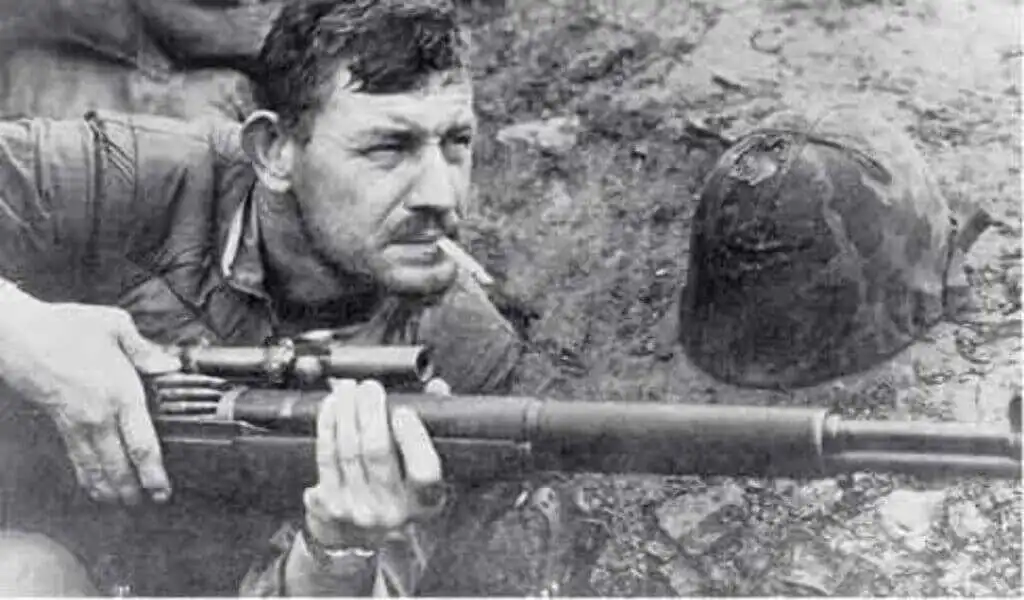
Kovalskyi used an experienced spotter and connected on his second round. He intentionally landed the first 300 meters short to gauge the wind. While there was undoubtedly an element of luck to that remarkable feat, it was also driven by some simply breathtaking skill and superlative fieldcraft. We may explore that shot in more detail down the road sometime if I can find enough information.
Foundations

The state of the art in precision combat riflery has evolved considerably since WW2. This has been the result of hard lessons learned on battlefields around the world. Viacheslav Kovalskyi’s borderline-supernatural shot is the ultimate iteration.
Back in the 1950s, a legendary Marine named John Boitnott used equipment markedly inferior to that of this Ukrainian phenom to make some comparably unbelievable sniper kills out in the frozen wastes of Korea. The fact that he was so effective given his rudimentary tools speaks to the man’s refined skills, natural talent, and peerless drive.
The Backstory of John Boitnott

John Boitnott got his first taste of war on 7 December 1941 at Pearl Harbor. Serving as a Marine onboard the Northampton-class cruiser USS Chicago, he was wounded during the Japanese aerial attack. However, Boitnott recovered in short order and served in MacArthur’s amphibious vanguard as they marched inexorably across the Pacific toward Japan.
This took him through places like Guadalcanal, Coral Sea, Midway, Okinawa, and bloody Iwo. By VJ Day he had been shot to pieces, but he was as seasoned a warrior as the US Marine Corps could produce. In addition to those legendary combat skills, this Jarhead was also an incredible marksman.
At the end of the war, most American servicemen demobilized and went home to make normal lives for themselves. John Boitnott found that military service suited him, so he stuck around. By the time American forces went to war again in Korea, John Boitnott was a seasoned professional.
Korea—A Different Sort of War
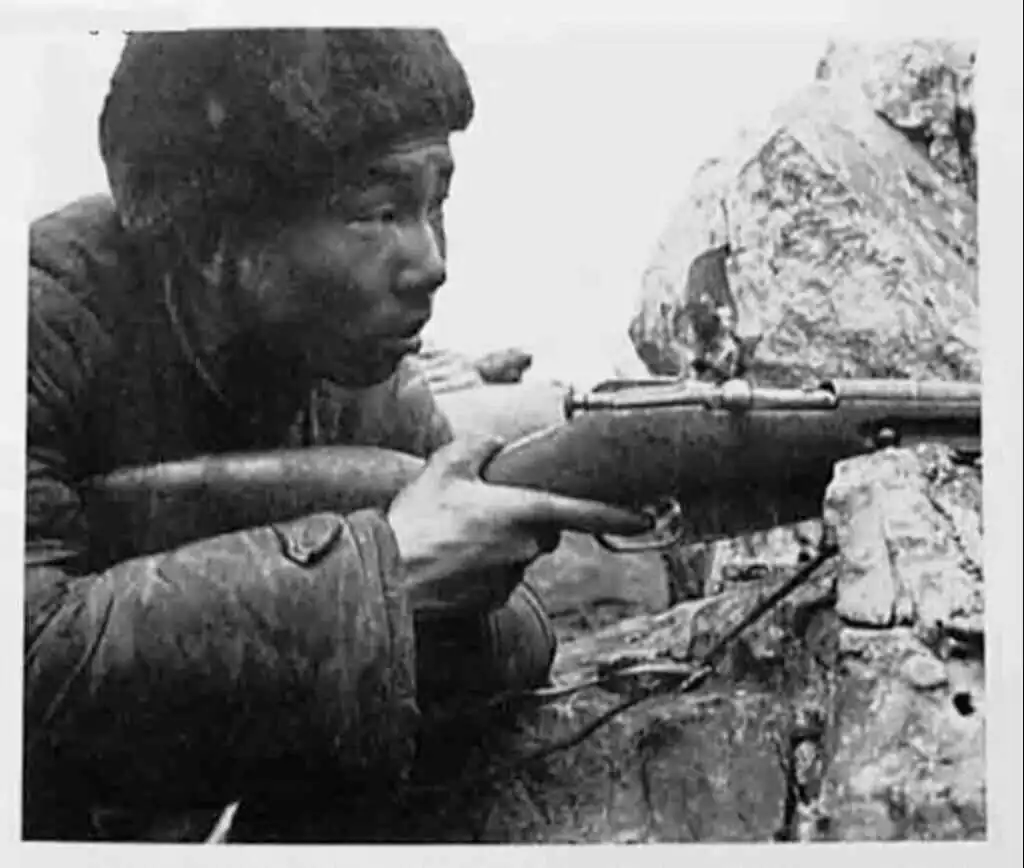
John Boitnott had learned his craft in the fetid jungles of the South Pacific. The battlefields in which he fought in Korea were more like the surface of the moon. In many cases, the terrain was devoid of foliage and frozen rock hard. A decent trench was sometimes not more than three feet deep, and the engagement ranges often hovered around a kilometer. Operating in such forbidding spaces, the Leathernecks realized they needed snipers. When the call went out for volunteers, John Boitnott stepped up.
Both sides in that forsaken conflict had learned the same lessons. I have a friend who was shot in the chest by a Chinese sniper armed with a captured Lee-Enfield No 4(T) sniper rifle during the Korean War. His life was saved when the round deflected off of the M1911A1 pistol he carried in a shoulder holster and spent itself in the flak jacket he had been issued just the day prior.
A communist marksman once actually bounced a rifle round off of Boitnott’s helmet. The experience rattled him without causing any lasting damage. However, that left Boitnott quite energized. He resolved to do all that he could to mitigate the communist sniper menace.
Tools
All proper gun nerds are enamored with the sniper’s tools. For the most part, the ground war in Korea was fought with WW2-surplus weapons on both sides. While the M1 Garand had occupied the cutting edge of small arms technology during WW2, by the Korean War it was getting a bit long in the tooth. It certainly did not make for an optimal sniper rifle.


Sniper Weapons
If we had to rank the mass-produced sniper weapons used during the Second World War, the British Lee-Enfield No 4(T) was likely the top of the heap. The Germans had some nice iron, but these were often Kar98k bolt guns hand-fitted with civilian sporting optics. Their semiautomatic scoped G43 was a great idea that used a splendid 4x Zf4 optic, However, it suffered from availability and quality control issues. The radically-advanced Zf41 optic was a totally dissimilar long eye relief design that didn’t work terribly well. The Zf41’s magnification was only 1.5X.
The Japanese fielded optics on many of their light machineguns, which was fairly inspired, but their dedicated sniper platforms were hardly earth-shaking. The Russians likely made the most widespread use of snipers on the battlefield of any major combatant. However, their scoped Mosin Nagant rifles were terribly antiquated. Just don’t get me started about Simo Hayha. That guy was a freak of nature.
American snipers made good use of accurized Springfield rifles which were designated the “U.S. Rifle, Caliber .30, M1903A4, Snipers.” Saving Private Ryan demonstrates such stuff in fairly graphic detail, though the optics aren’t quite right. The gun’s actual Weaver 330 scope was relatively delicate and certainly did not represent the state of the art. The bolt-action Springfield was a stopgap, interim design. The ultimate school solution was the M1C.
Heresy…
OK, if you worship at the high exalted church of John Cantius Garand, please do not burn me at effigy or curse me with some kind of ballistic hex. If suddenly my groups double in size and I inexplicably lose vision in my shooting eye I’ll know it was you. While the M1 Garand was indeed a simply magnificent battle rifle for its era, the M1C was kind of a crap sniper tool.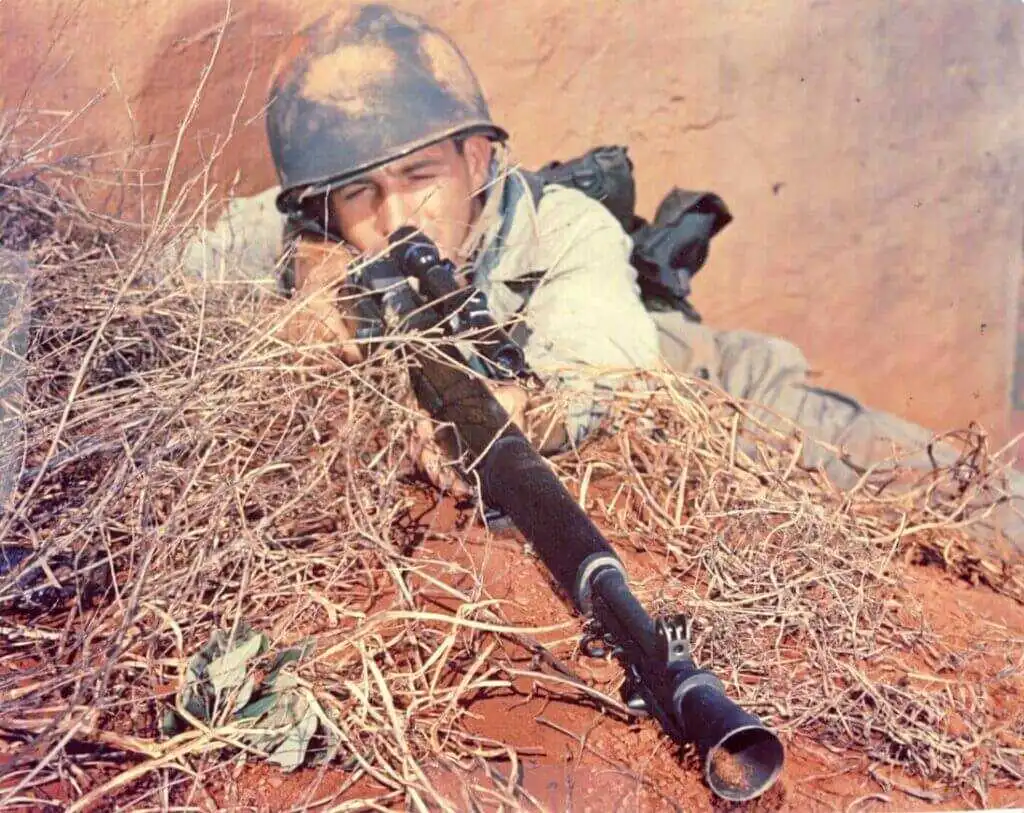
For starters, the M1 loads from the top. That means that the optic has to be offset to the side. The guys who developed the weapon actually experimented briefly with a prismatic design with a bunch of mirrors, but that didn’t work. The distinctive leather cheek pad was included to force the shooter’s head left to accommodate the offset optic.
Inadequate Supplies
Another issue was a lack of match-grade ammo. The best precision rifle in the world is rubbish without decent ammunition. While standard ball ammo pushed a bullet weighing 152 grains, that of the M2 armor-piercing sort weighed 168 grains. The extra mass made the AP ammo more reliable at long ranges. That stuff also offers some simply breathtaking penetration.
All that was a distraction, but the glass was simply inadequate. Adapted from the Lyman “Alaskan” all-weather civilian optic, the M73 begat the M81 that eventually begat the M82. Each sight differed in details like sun shades and reticle designs, but they were all only 2.2X. That just wouldn’t do for the long-range engagements encountered in Korea. However, that’s what John Boitnott had available as he peered across a thousand yards of open nothing at a bunch of fanatical enemy soldiers trying desperately to kill him.
The Campaign

The crummy magnification on his scope kept Boitnott from distinguishing the details on the far side of the valley that was his hunting ground. As a result, he pinged his unit for a volunteer to help him flush the hostile snipers out into the open. One certifiable lunatic named PFC Henry Friday answered that call.
Boitnott set up in his hide, while Friday strolled back and forth in a shallow trench situated between friendly positions and those of the communist troops. When the enemy snipers fired at Friday, Boitnott zeroed on the smoke and muzzle flash and answered with precision rifle fire of his own. His first effort was an amazing one-shot kill at 900 yards. And then he did something similar eight more times.
By now, John Boitnott was making a bit of reputation for himself. The local war correspondents heard the stories and made him and his nutjob buddy Friday famous. However, his commanders did not approve of PFC Friday’s suicidal death wish.
They ordered the two men to desist before Friday got his brains splashed all over the Korean countryside as well as American newspapers. Despite the loss of his favorite mental patient, Boitnott still racked up a further eight confirmed long-range kills before his war was over.
The Rest of the Story For John Boitnott
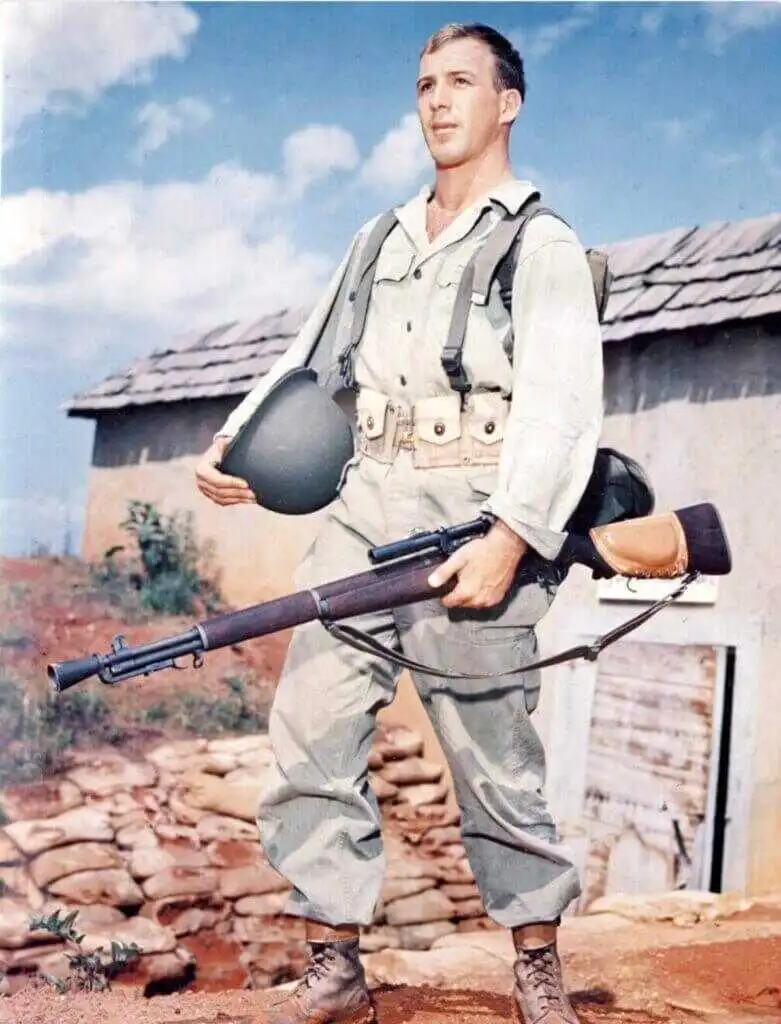
The M1C was replaced by the slightly-improved M1D after the Korean War. Starting in 1952, the Marines began retrofitting their M1Cs with 4X optical sights produced by the Kollmorgen Optical Company. This scope was based upon the commercial Stith Bear Cub and was considered the finest American-made optical gun sight of the day. These upgraded weapons were redesignated as the “USMC 1952 Sniper’s Rifle,” often referred to simply as the “MC 52.” However, it is doubtful any saw active service in Korea before the cease fire.
John Boitnott was eventually wounded by mortar fire. He finally came home for good in July of 1952. He brought with him a Bronze Star with V device, a Navy Commendation Medal, also with V, and fully half a dozen purple hearts. His blues were also weighed down with two Presidential Unit Citations and a breathtaking 24 Campaign Medals.
Boitnott was promoted to Master Gunnery Sergeant and continued on active duty until 1971, retiring with fully thirty years of extraordinary military service across multiple theaters of battle. He subsequently died peacefully in his sleep in 2008 at age 86, a legitimate legend in the annals of military snipers.
Duke’s altered Model 1886 .40-82 (top) with a 20″ barrel shown for comparison
with a new Japanese Winchester Model 1886 .45-70 with its standard 26″ barrel.
Naturally we clearly remember the “firsts” in our lives — first gun, first car, first date, etc. I remember fondly my first experience with an antique lever gun because it started my career on a path still followed today: learning the ins and outs of safely shooting old and obsolete guns and their cartridges.
Back in the late 1970s a friend, knowing of my handloading and bullet casting experience, asked if I would load some .40-82 cartridges if he supplied brass, dies and bullet mold. His lever gun was a nice Winchester Model 1886 .40-82 manufactured in the late 1880s.
It was a family heirloom but had not been fired in decades due to the lack of factory ammunition. His request sounded like an easy way to introduce myself to Winchester lever guns. The experience turned out to be more complicated, but more educational, than expected.
The Loads
The mold supplied was an Idea/Lyman #406169 which dropped a 0.408″ bullet weighing 260 grains of the wheel weight alloy I had on hand. I lucked out because the groove diameter of old .40-82 measured 0.408″ instead of the nominal 0.406″. Cases supplied were RCBS .45 Basic with a length of 3.25″. Those were hacksawed to just over the .40-82’s length of 2.40″ then trimmed to the final spec. Next, a now-forgotten charge of a likewise forgotten smokeless powder was dumped in 20 cases. Bullets were seated and crimped and I was ready to shoot.
Only I wasn’t! The rounds were too fat to chamber. It had not occurred to me the .45 basic case walls increased in thickness from case mouth to case rim. Thinning the case walls was the cure so RCBS tooling for the chore was acquired. Again I thought everything was a go. It wasn’t. Every shot fired gave a click-bang. The click was the hammer falling. The bang was the powder charge firing a second or so later, meaning it wasn’t igniting properly. At least the bullets passed through paper targets point on. Some research revealed an old remedy for poor powder ignition was to fill the case atop the powder charge with corn meal. The fix worked and the old rifle began to shoot beautifully. In fact we took it hunting and I shot an elk with it.
Duke’s Winchester Model 1886 .40-82. Note the filled sight dovetail and
new cut one a few inches ahead of it.
Collecting
As I began to assemble an array of vintage Winchesters, for my own Model 1886 slot I wanted a .40-82. What I finally landed was one made in 1887 as indicated by its serial number. However, it was not a prime specimen. Its buttstock and receiver actually were very nice and it even had a Lyman No. 21 side-mounted peep sight.
The problem was the barrel. While bore condition was very good, it had been shortened from 26″ to 20″ with the magazine tube cut correspondingly. Also, someone had roughly filled the original barrel sight’s dovetail and cut another one a few inches ahead of it but left it empty. Because of those problems the price was right.
Cleaning Up
In my mind the idea was to restore it someday with an intact .40-82 barrel and magazine tube. In the meantime I wanted to enjoy shooting it. Times had changed a bit. I knew to slug the barrel first — it was a whopping 0.409″, so I had custom mold maker Steve Brooks (brooksmoulds.com) cut a set of blocks for a 0.410″ bullet with a gas check shank. From my favorite 1–20 tin to the lead alloy I favor, the mold dropped them a mite heavy at 280 grains. A batch of .45 Basic cases were cut and inside reamed as before.
Between my first .40-82 and the one I purchased there was a new smokeless powder introduced. The powder was Accurate 5744 and it revolutionized all my thinking about smokeless powders in voluminous cases. Because it easily ignites in large cases there is no filler necessary.
To my great pleasure, 100 yard groups from my .40-82 were outstanding from the very beginning. When I pull the trigger properly, most are in the 2″ to 3″ range at 100 yards. My favored 5744 charge of 25 grains pushes those 280-gr. bullets out at about 1,390 fp. All ideas about getting a replacement barrel for my cut down ’86 were forgotten.
Other shooters might prefer more glamorous ’86 chamberings like .45-90 or .50-110. I’ve even had such but it’s the .40-82 I’ve kept.
Well It is my Blog after all!!!
